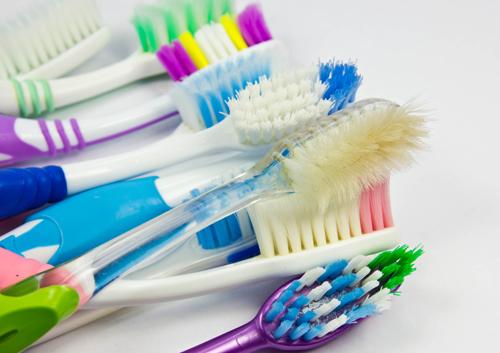
Tunnel Road Location
Brevard Road Location
Contact us with the form below:
-
What exactly is biofilm?
posted: Apr. 23, 2024.

-
Make Every Day Earth Day
posted: Apr. 16, 2024.

-
Are you a tooth grinder?
posted: Apr. 09, 2024.

-
Snowball Effect
posted: Apr. 02, 2024.

-
Toothaches and Abscesses
posted: Mar. 26, 2024.

-
Bright Ideas for Your Smile
posted: Mar. 19, 2024.

-
St. Patrick's Day
posted: Mar. 12, 2024.

-
March is National Nutrition Month!
posted: Mar. 05, 2024.

-
What is Remineralization?
posted: Feb. 27, 2024.

-
Valentine's Day History
posted: Feb. 13, 2024.

-
Eco-Friendly Toothbrushes
posted: Feb. 06, 2024.

-
Curing the Nail-Biting Habit
posted: Jan. 30, 2024.

-
Why Are My Child’s Baby Teeth So White?
posted: Jan. 23, 2024.

-
Stress and Your Oral Health
posted: Jan. 16, 2024.

-
Ten Fun Things to Do with Your Old Toothbrush
posted: Jan. 09, 2024.

-
Make this the Year You Stop Smoking
posted: Jan. 02, 2024.

Contact Us
Send Us an Email
Our Locations
Find us on the map
Hours of Operation
Our Regular Schedule
Monday:
8:00 am-5:00 pm
Tuesday:
8:00 am-5:00 pm
Wednesday:
8:00 am-5:00 pm
Thursday:
8:00 am-2:00 pm
Friday:
Closed
Saturday:
Closed
Sunday:
Closed
